Articles containing: children
Why Chores Are Important for Kids

Chores.
We all remember them.
Some were associated with allowance, others simply mandatory. For many kids, and I bet for most of us, they were often an intrusion on other more important things to do.
Shrinking It Down: Political Angst in America? (Season 1, Episode 6)

You can also listen to this podcast on SoundCloud, Stitcher, and iTunes.
***
According to a 2017 report by the American Psychological Association, 2/3 of Americans feel stressed about the future of our nation, including a majority of each Democrats and Republicans.
More Kids Are Receiving Mental Health Care, But…
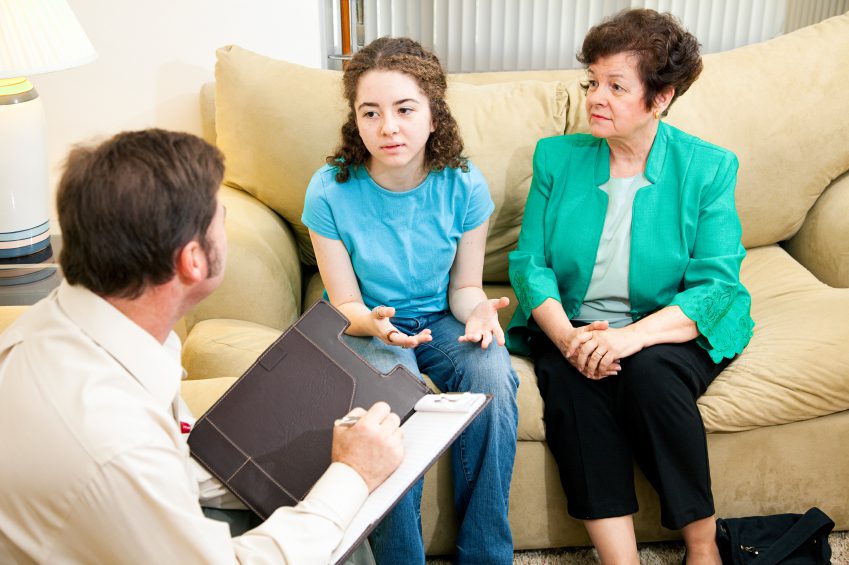
At The Clay Center, we find ourselves writing often about how seeking psychiatric treatment is stigmatized in the United States. We especially worry about this issue when it comes to children and adolescents.
What Their Writing Told Me: The Taboo Of Mental Illness In The Hispanic Community

The following blog is part of The Clay Center’s series on diversity, which presents varying cultural perspectives and beliefs on mental health and well-being.
10 Go-To Parenting Books for National Reading Month

March is National Reading Month and a good time to reflect on the books that have made an impact on my work as a child psychologist. I’ve compiled a list of my “go to” books that I frequently recommend to parents on some of the more common problems I’ve observed in kids.
A Child Psychiatrist’s Perspective on Trump’s Behavior
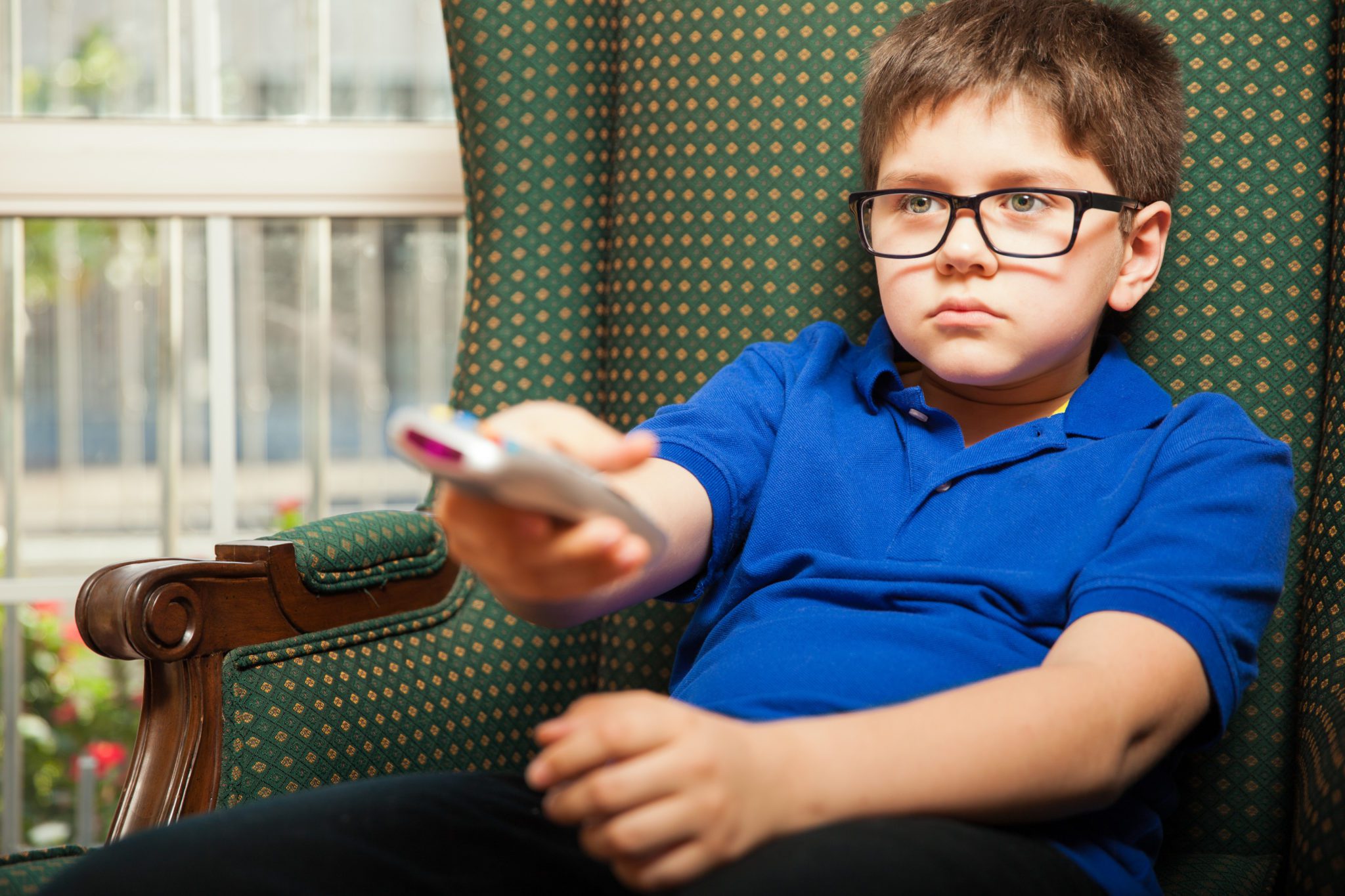
Why would any parent bring their kid to a child psychiatrist?
Well, I’m a child psychiatrist and the most common reason parents bring their kids to see me in my clinical practice is because they are worried about certain behaviors and want help and advice in evaluating their child.
An Encounter With The Unknown – From A Mother’s Lens
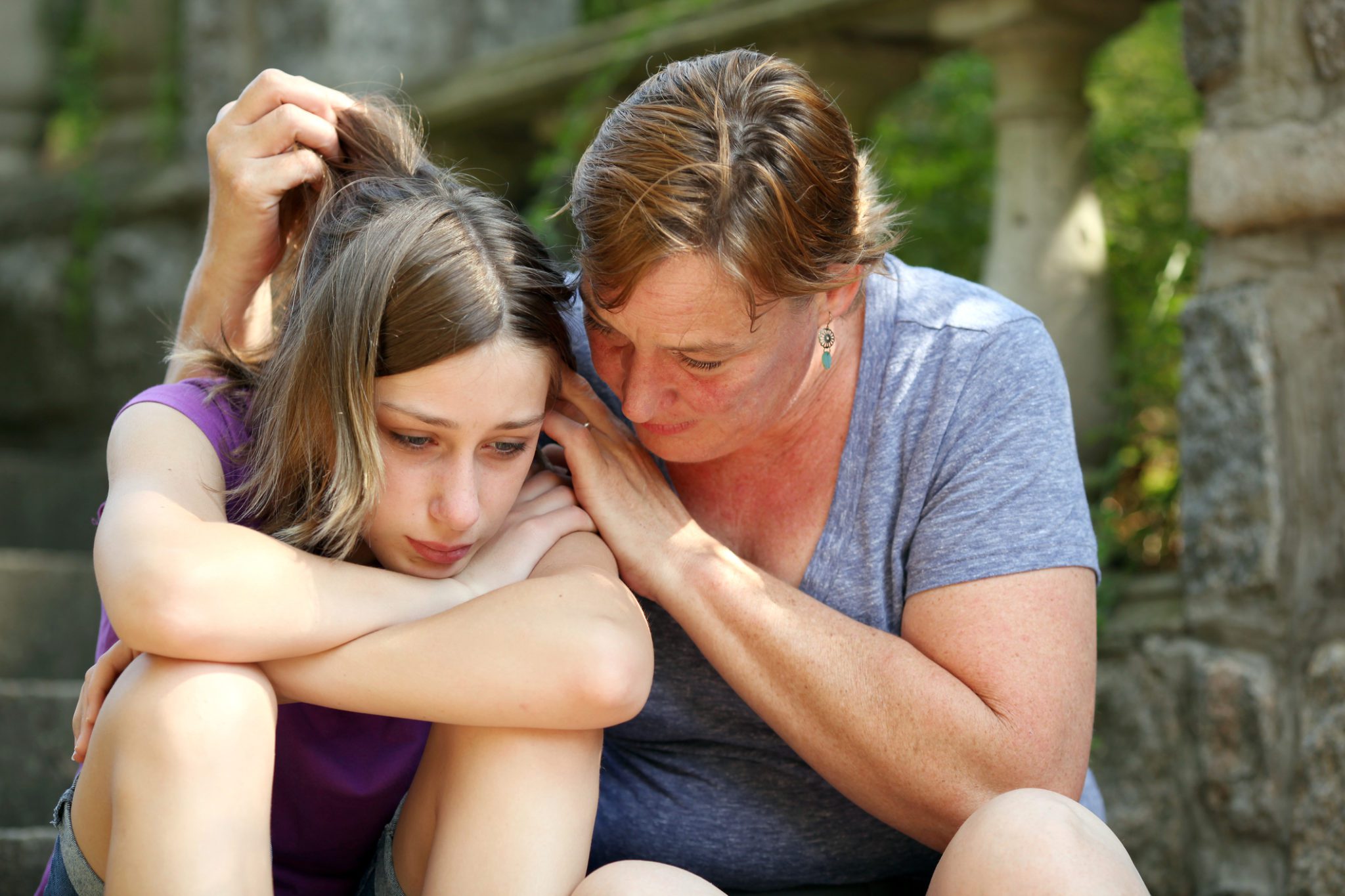
This blog post is part of a series entitled Real Lives, Real Stories: Personal Experiences With Mental Illness.
Talking With Children About Suicide and Loss
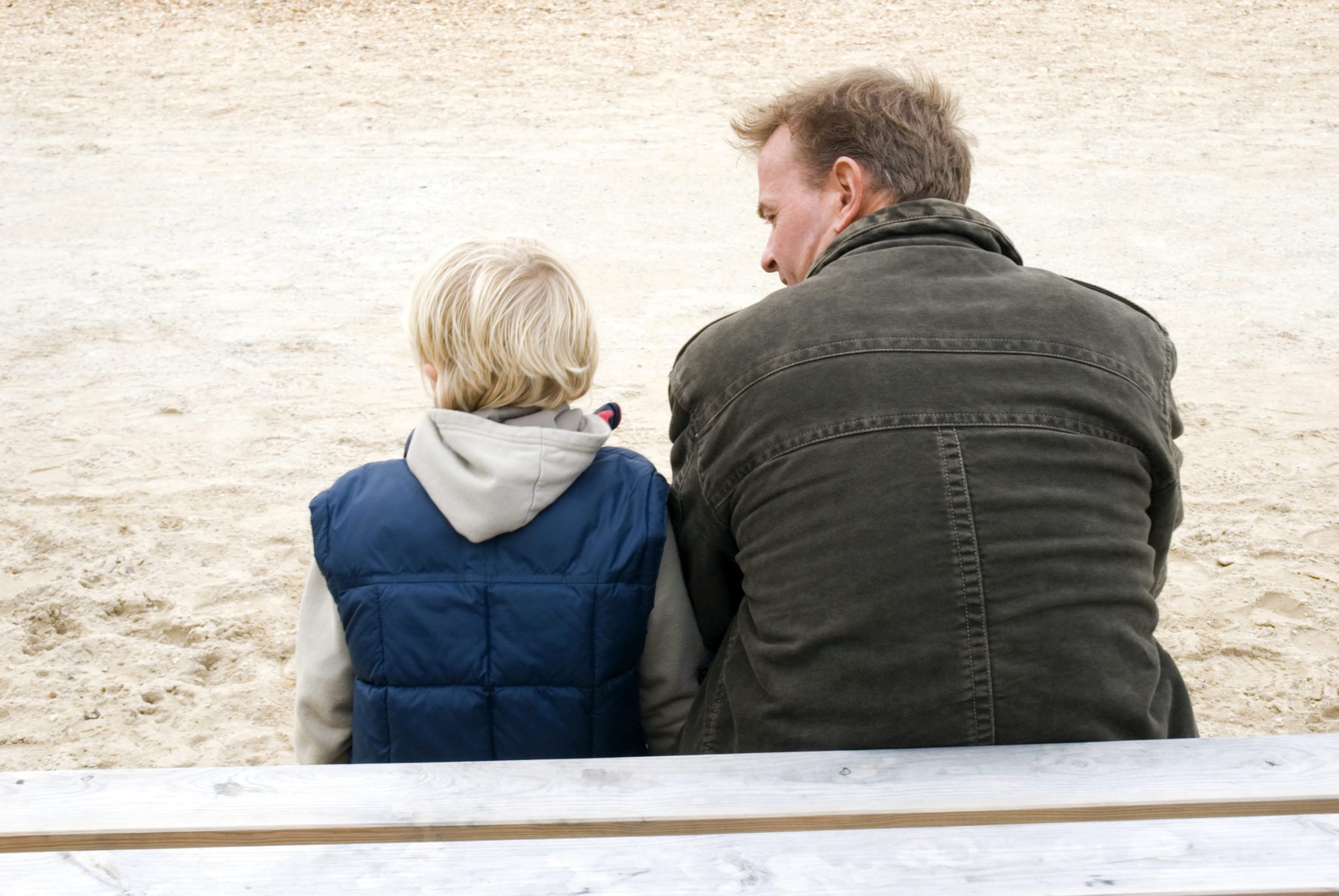
Suicide is an unfortunate and unavoidable reality in the lives of children and youth. Whether it occurs with a family member, a schoolmate or peer, in the community, or in the media, the topic of suicide feels complicated and difficult to discuss with children.
How To Speak With Children About the Anniversary of the Boston Marathon Bombing
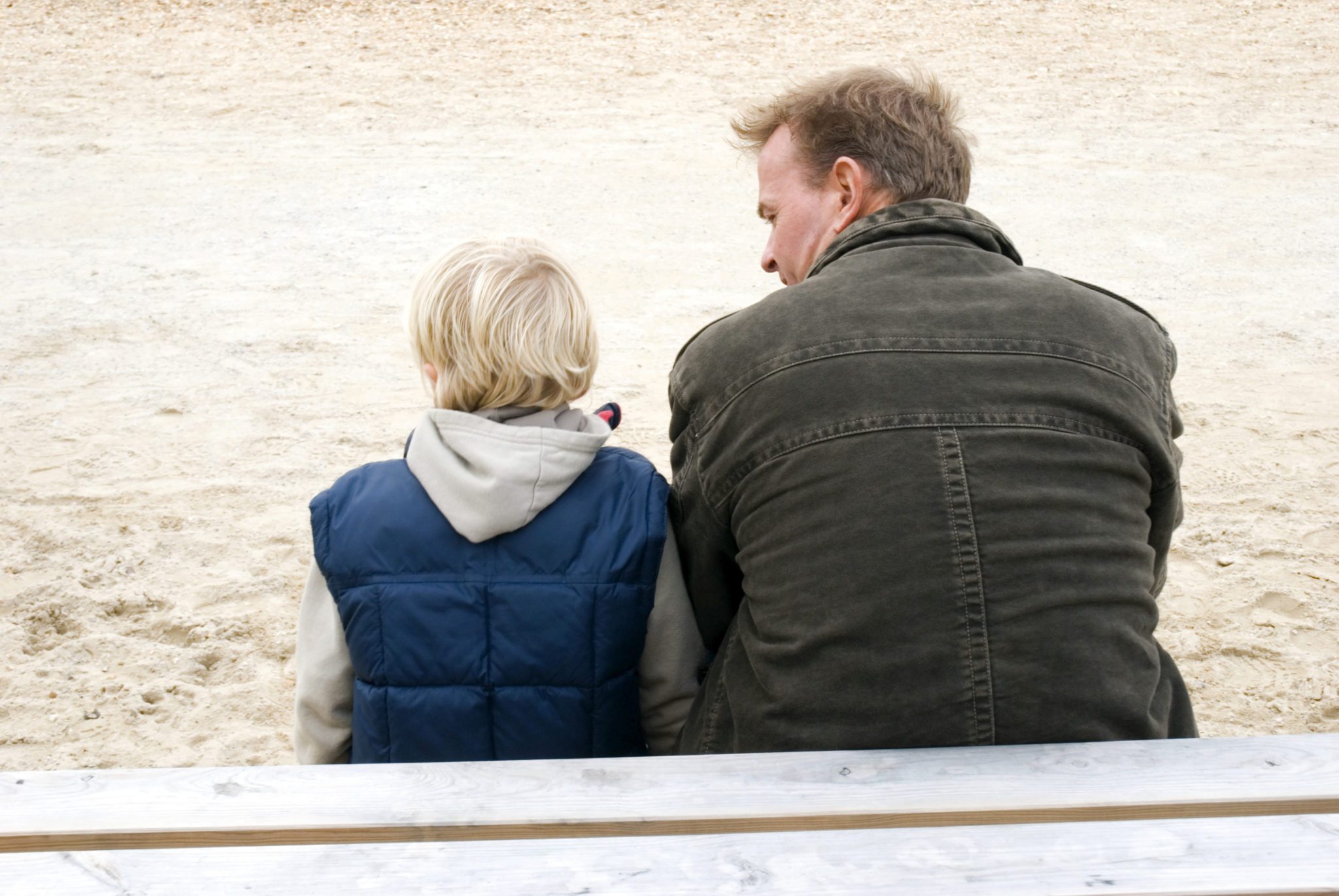
In these weeks leading up to the 2014 Boston Marathon, we are collectively hearing about a range of reactions to the many reminders of the event’s significance. Some are feeling distressed, perhaps from listening to the widespread media coverage discussed in our previous post.




